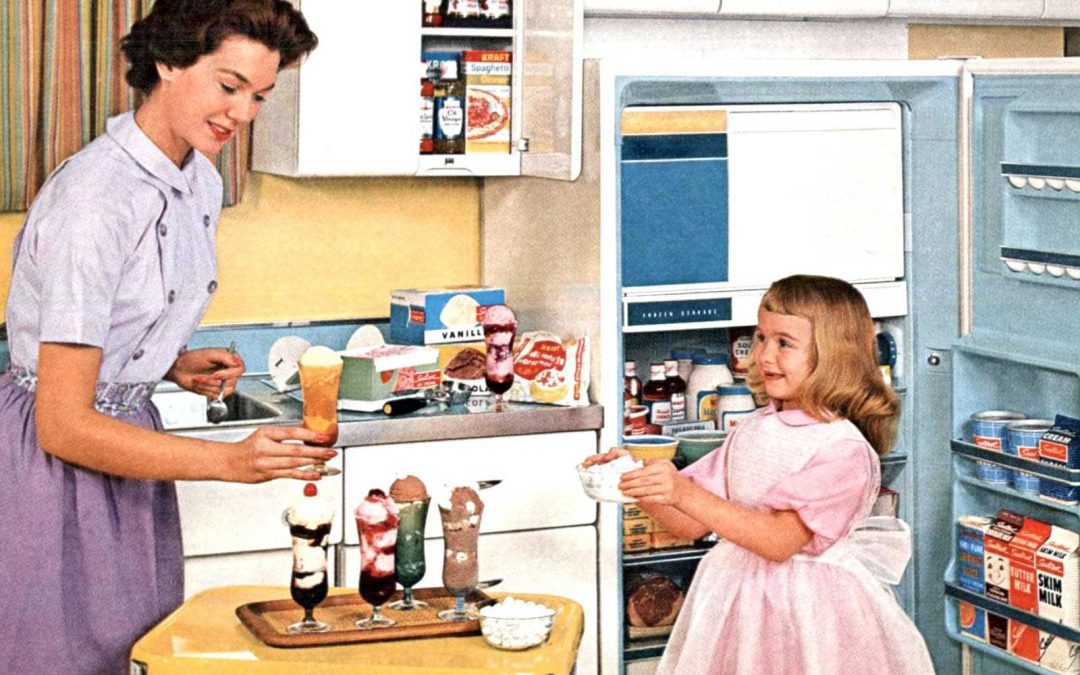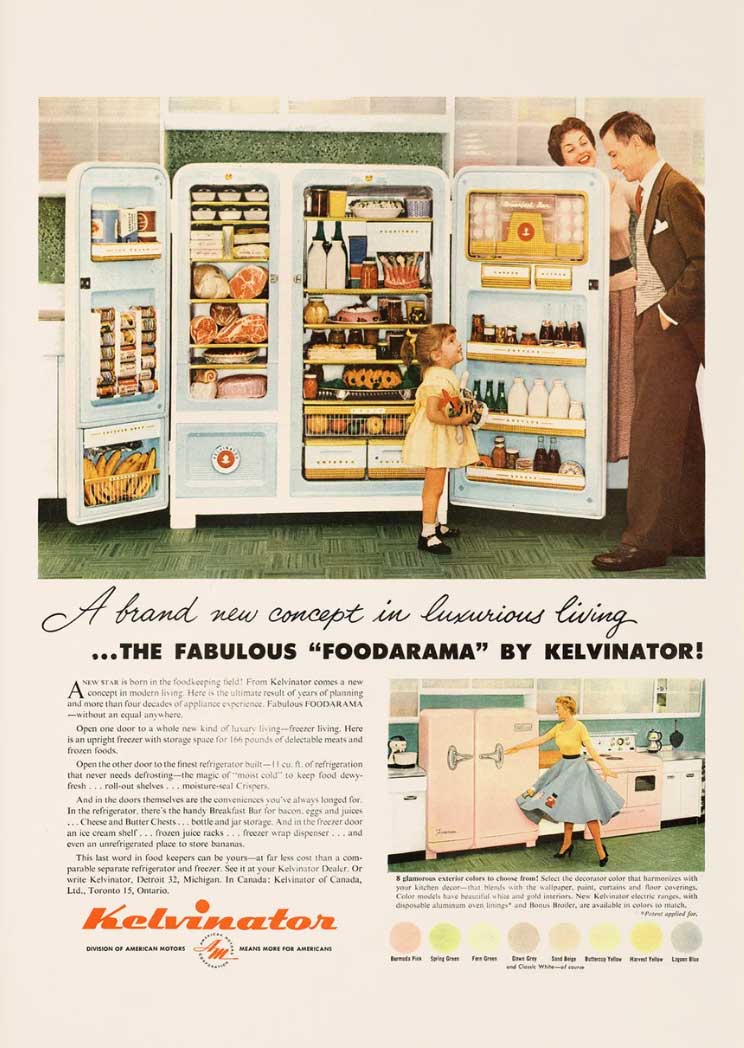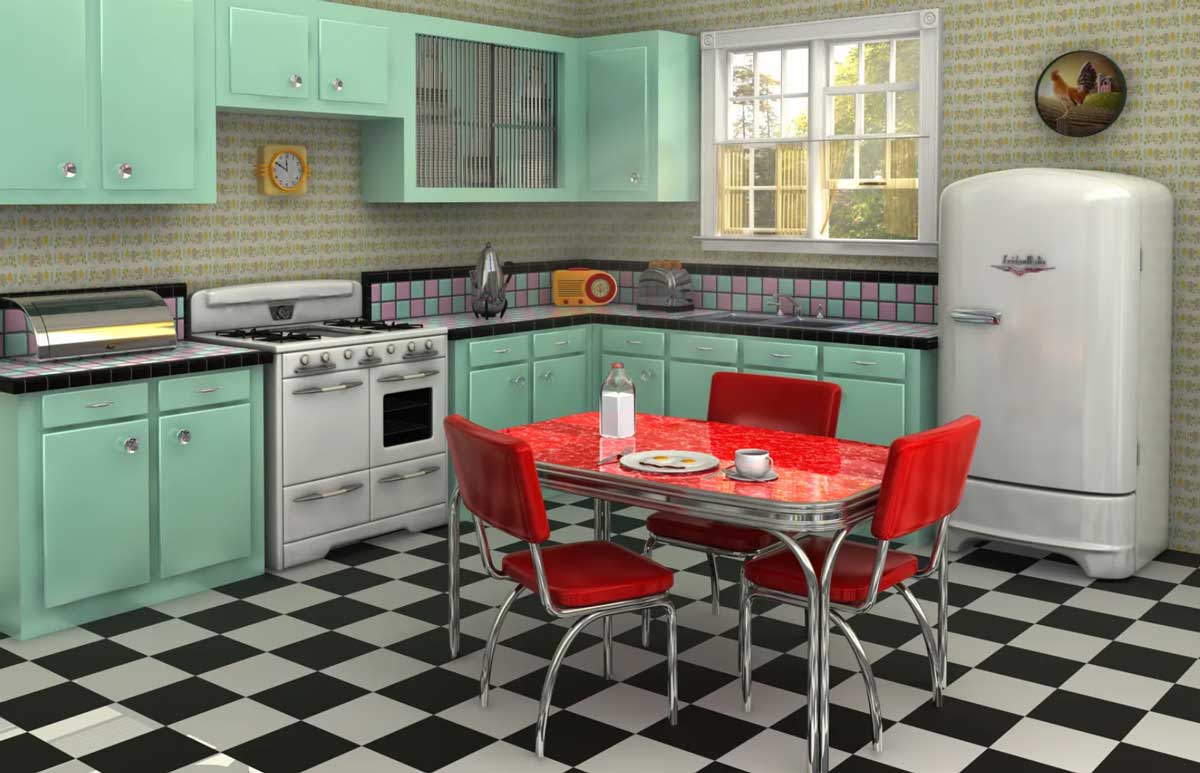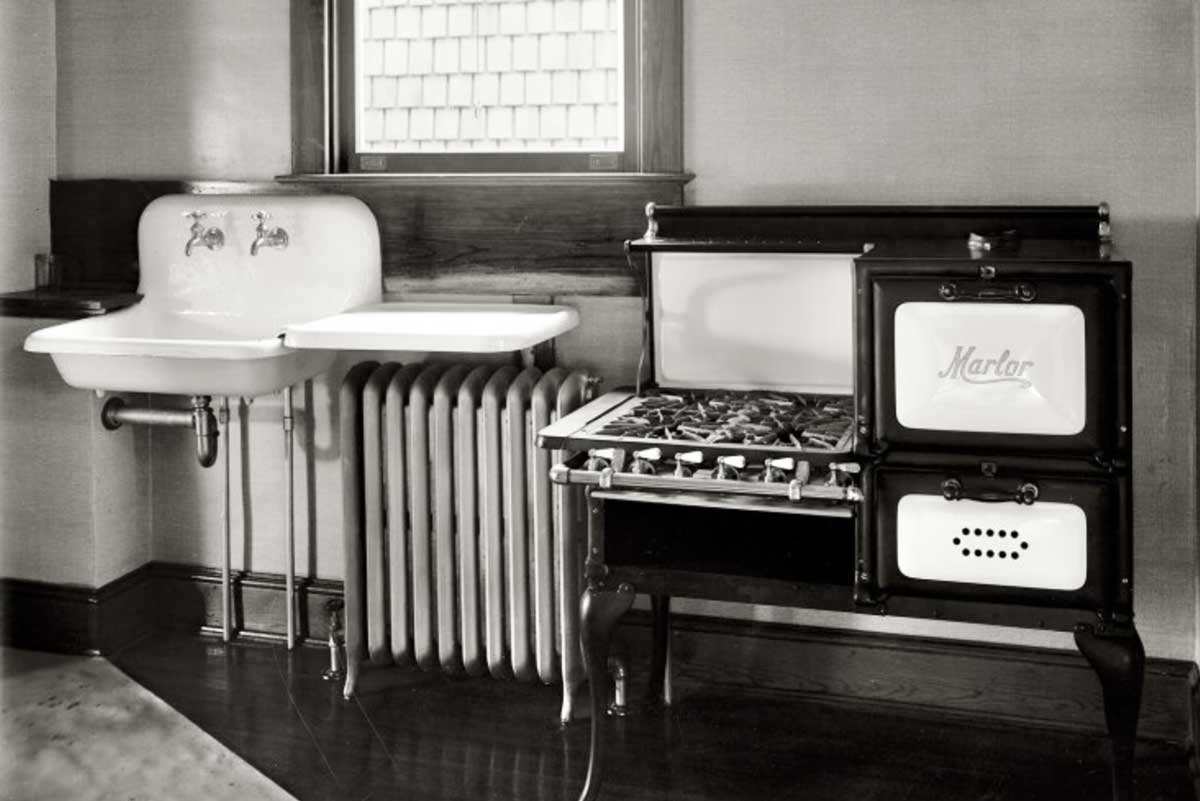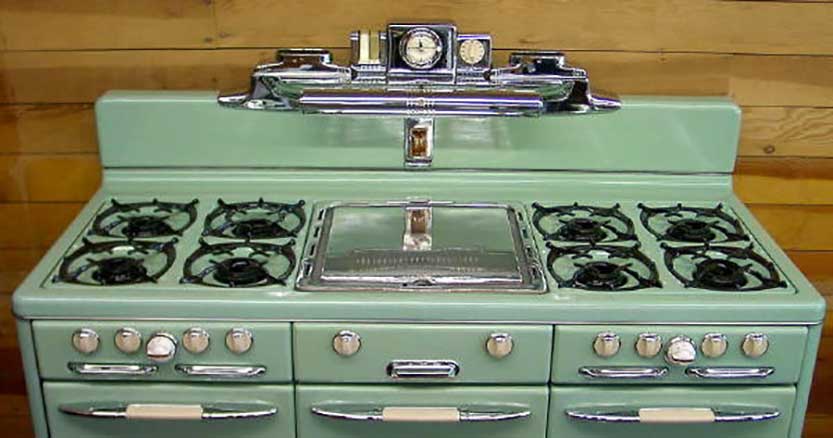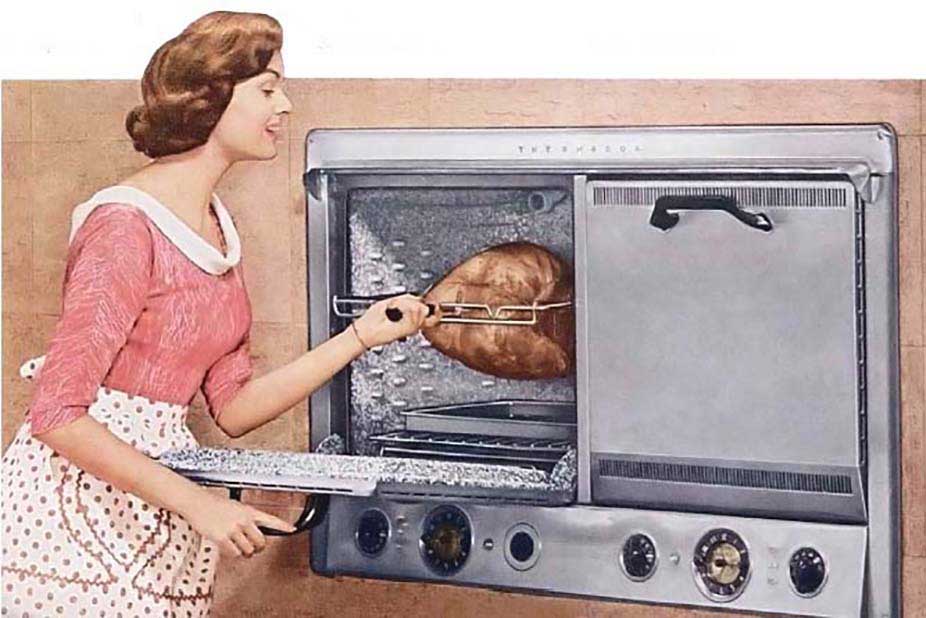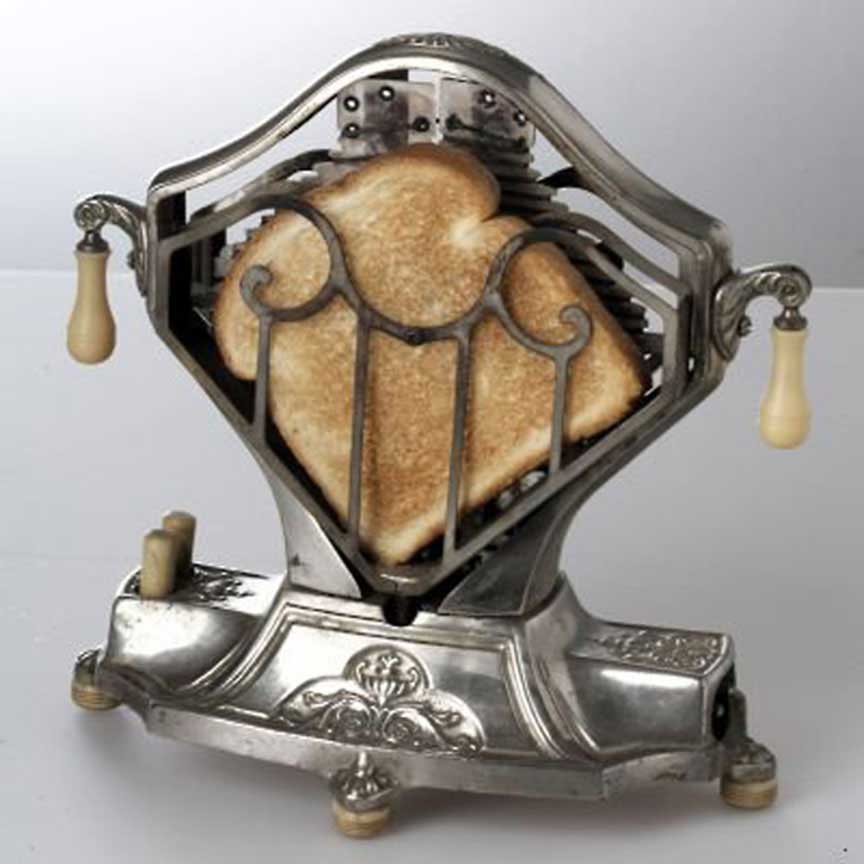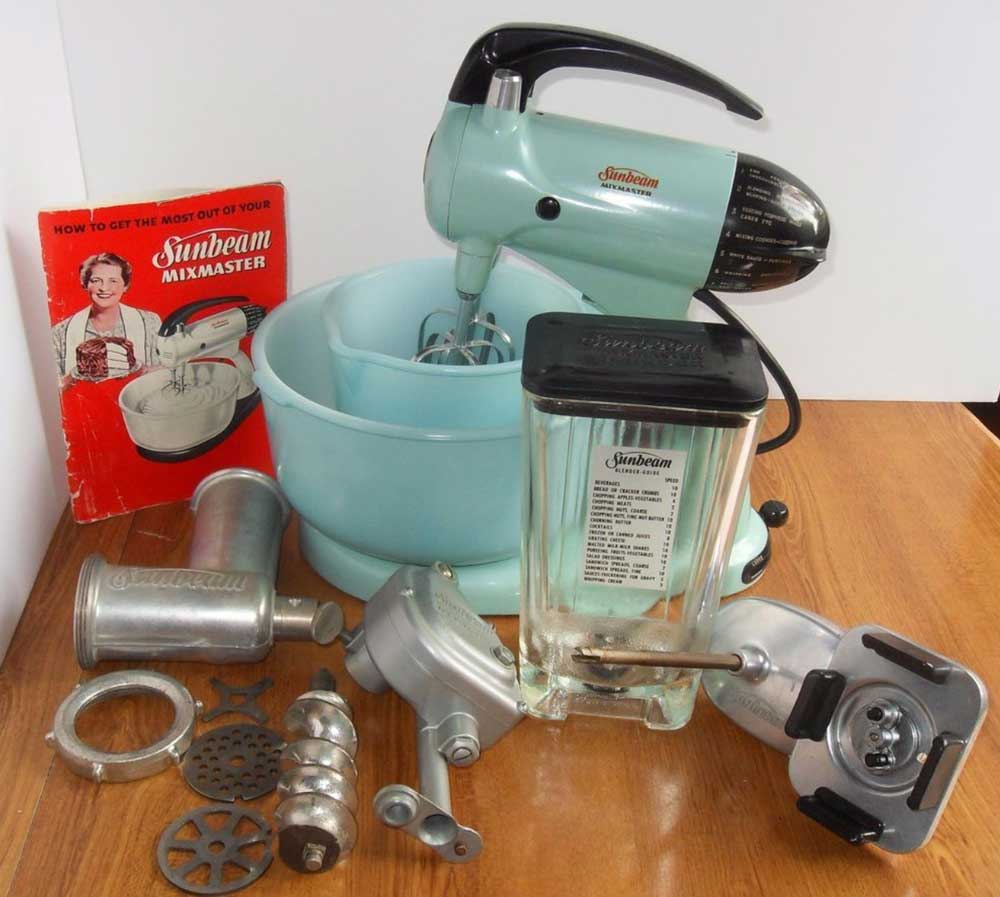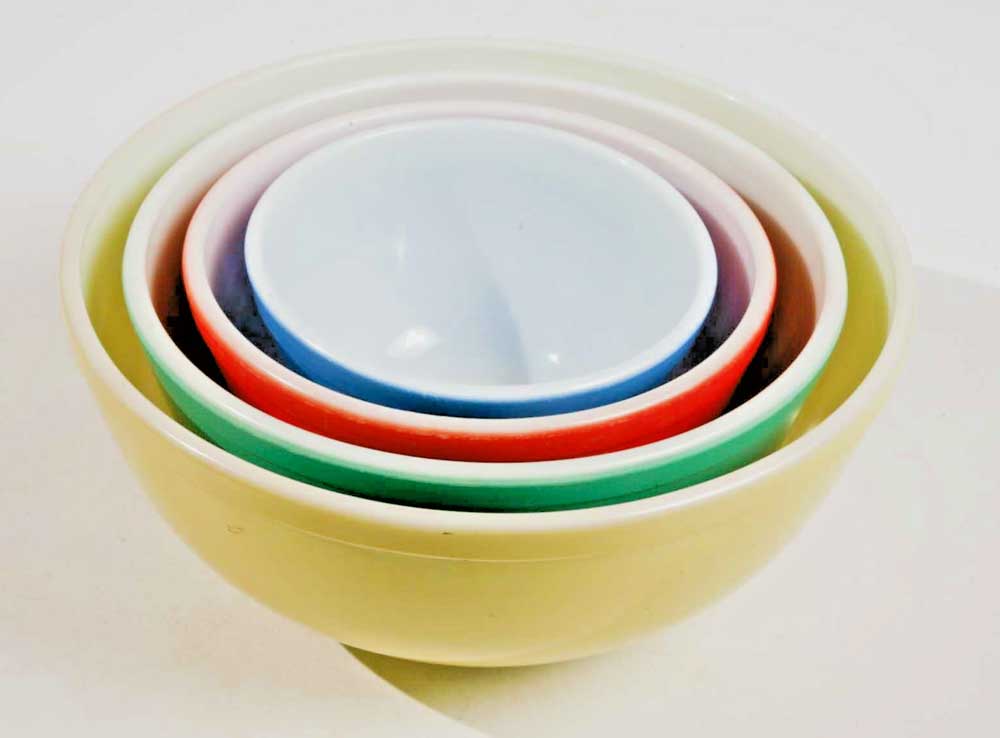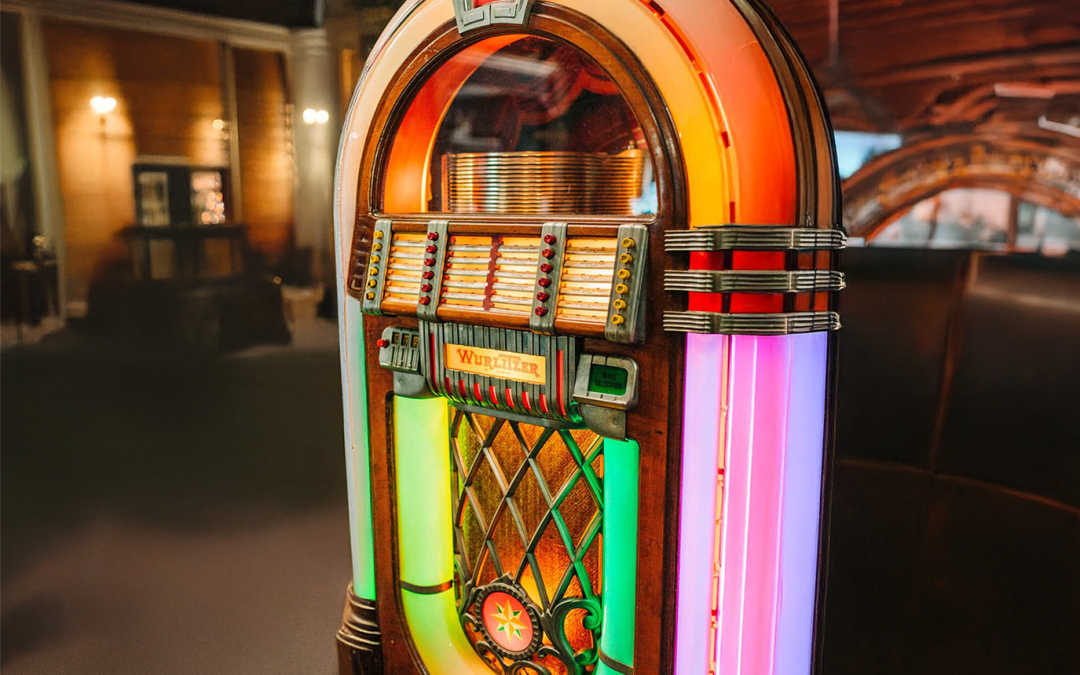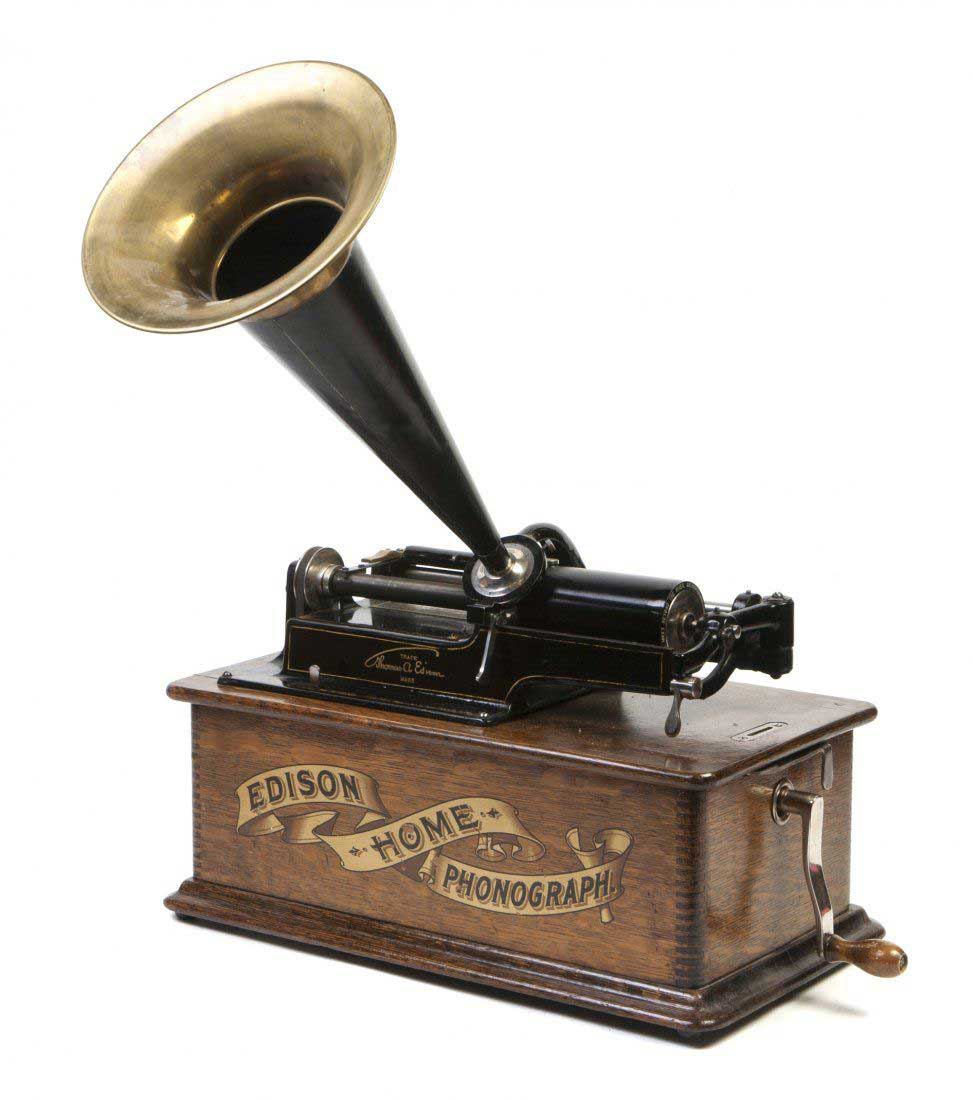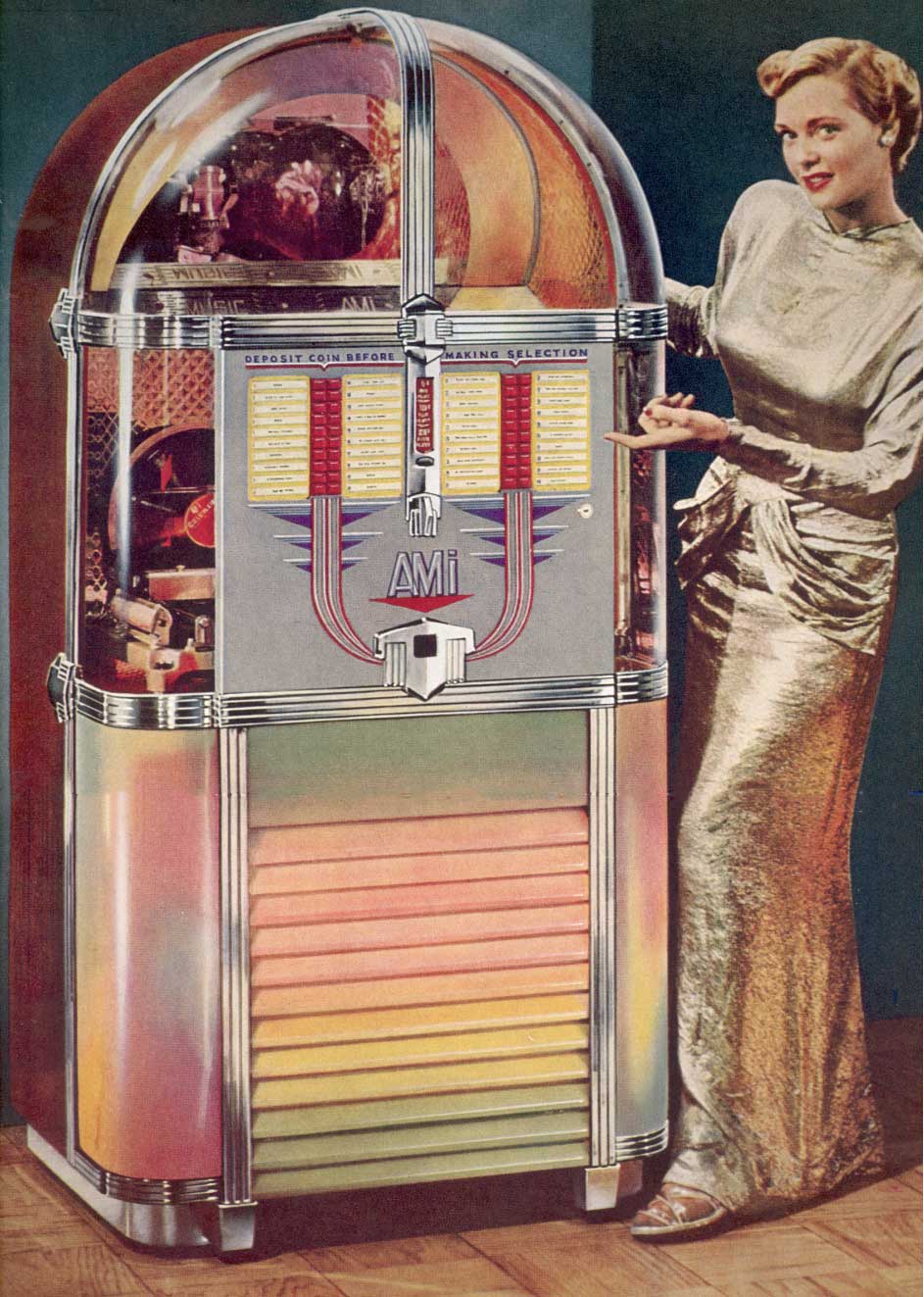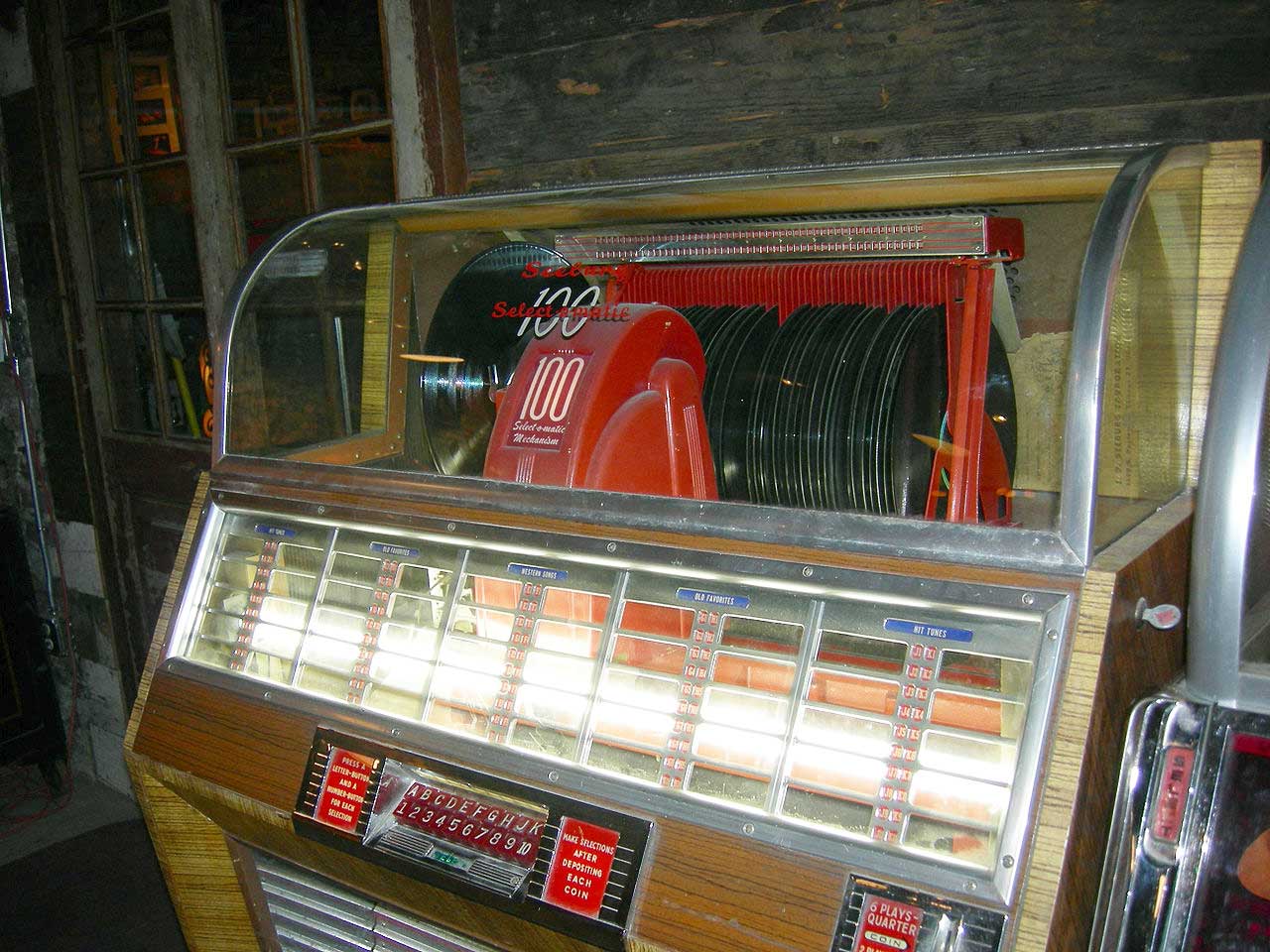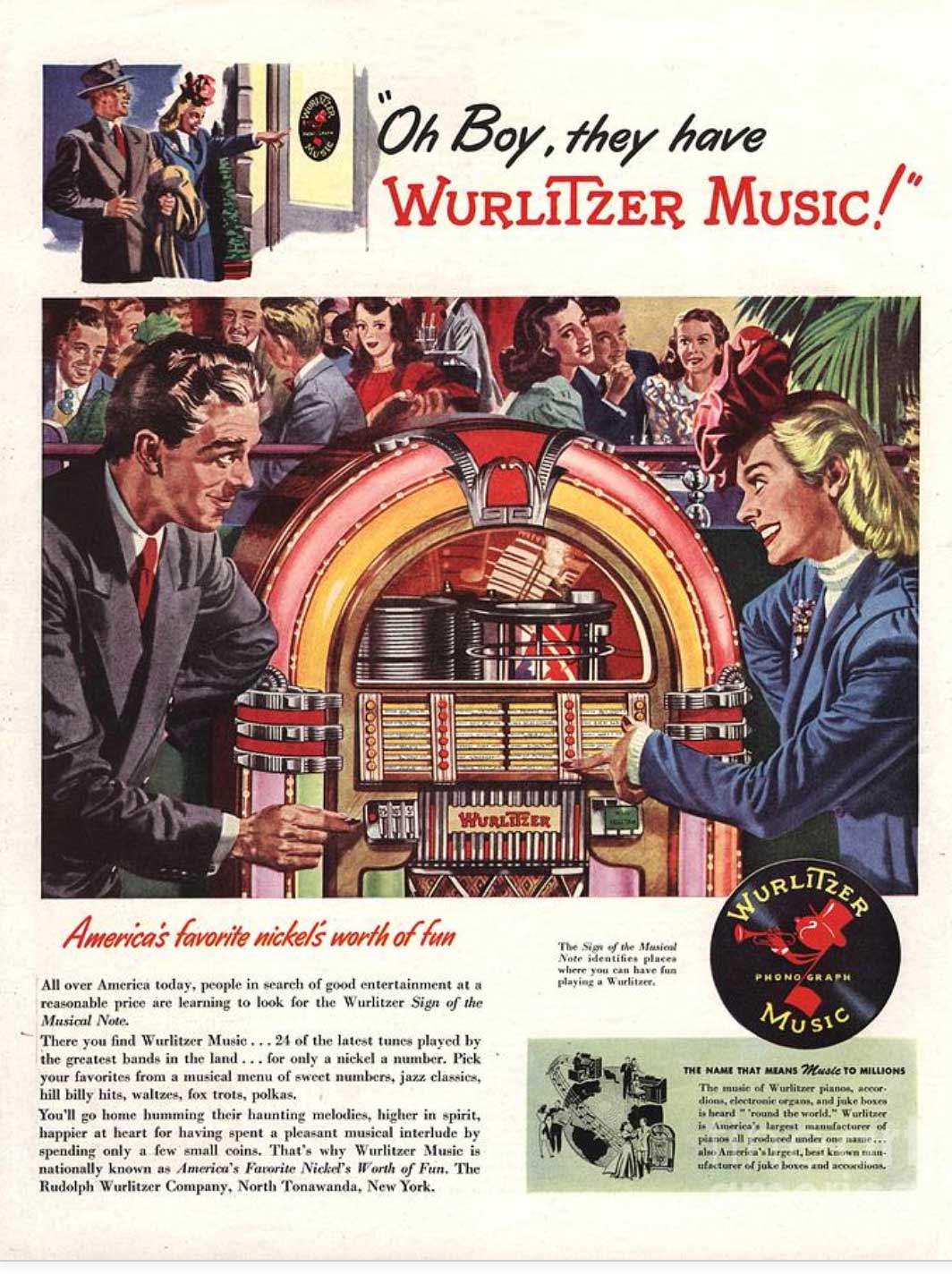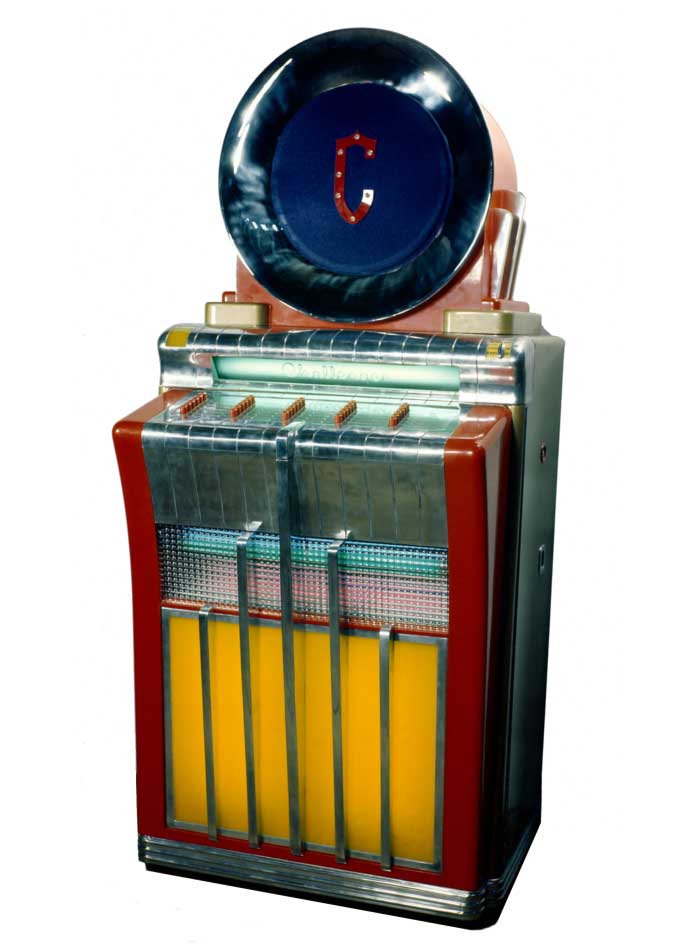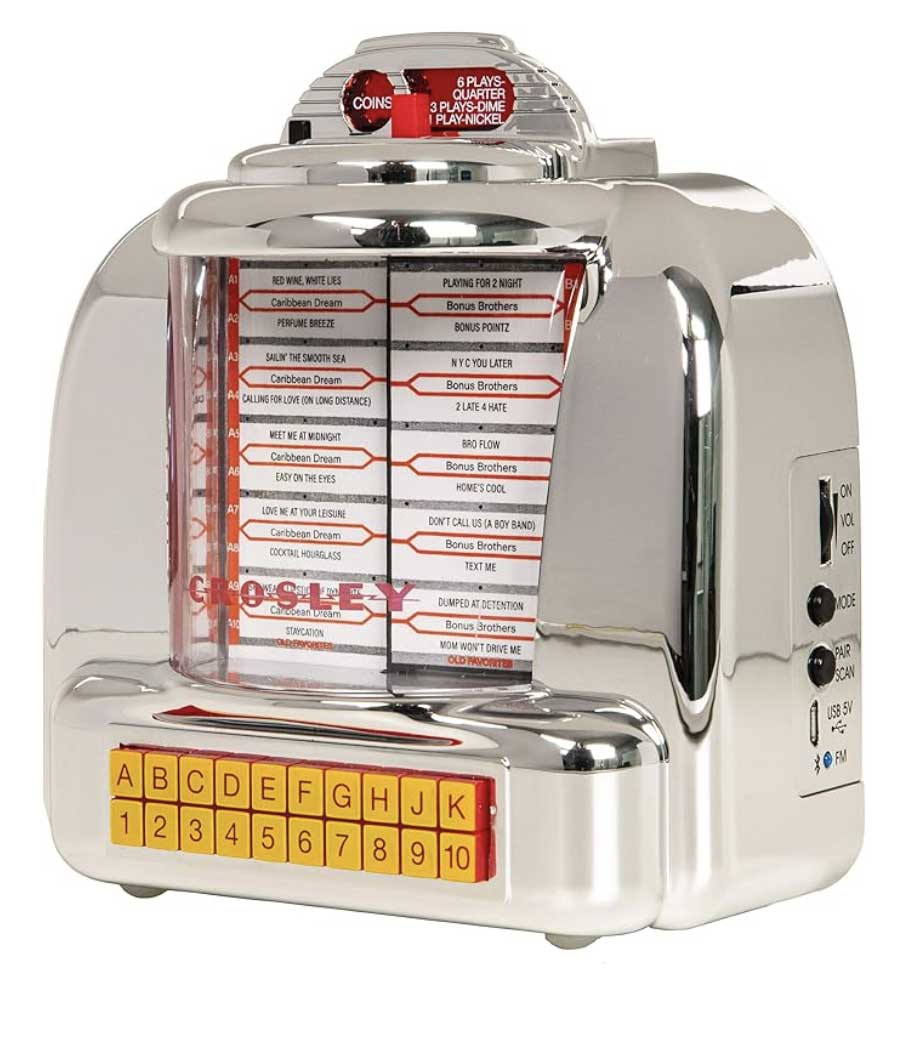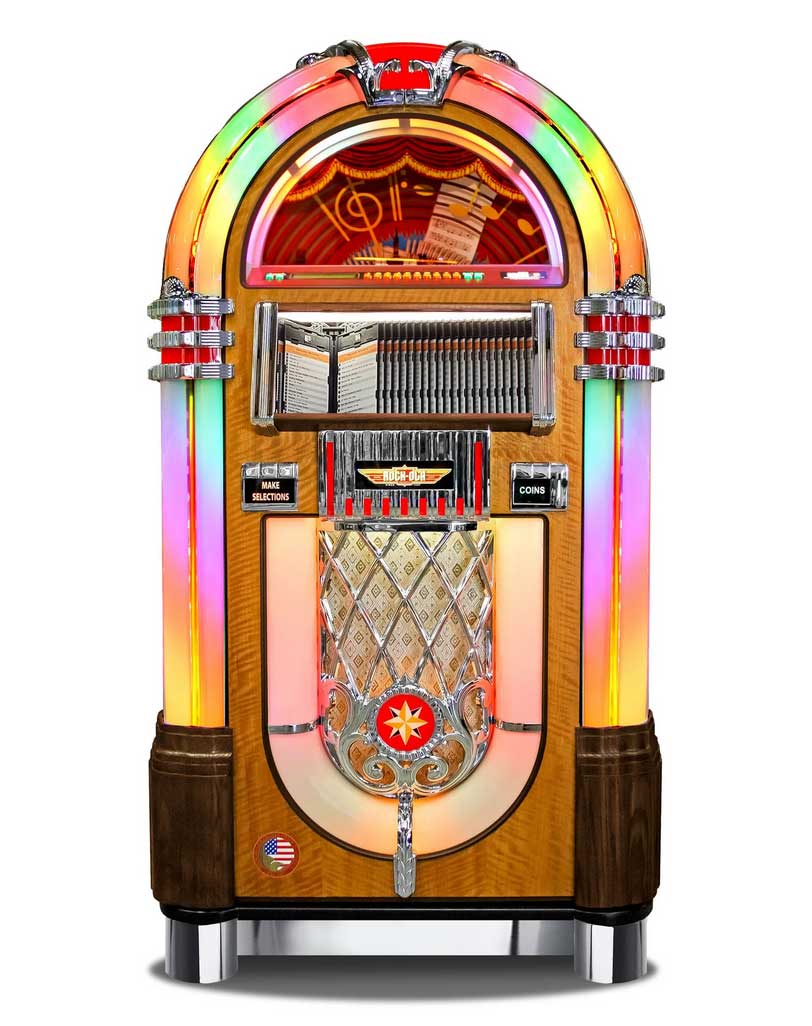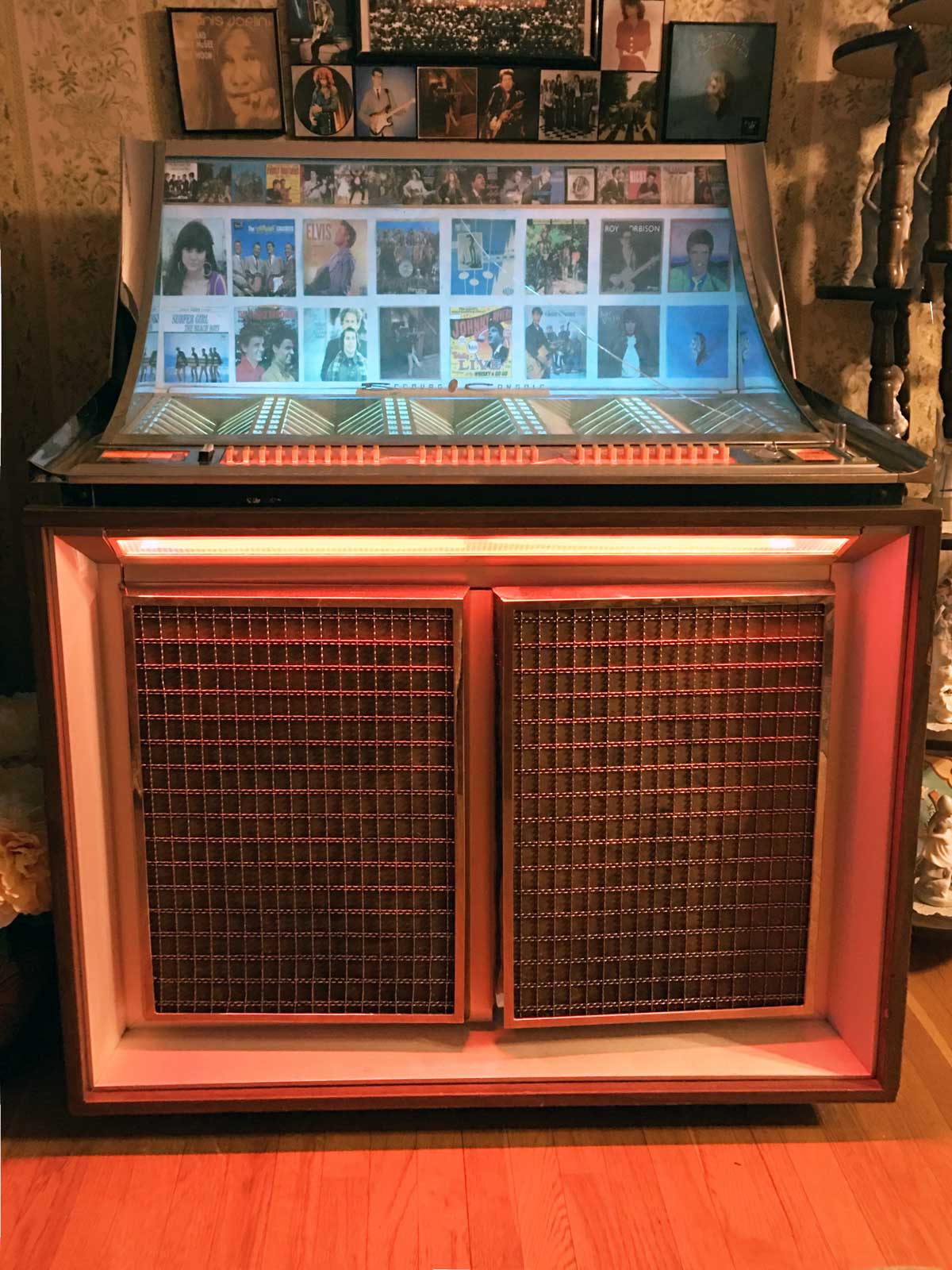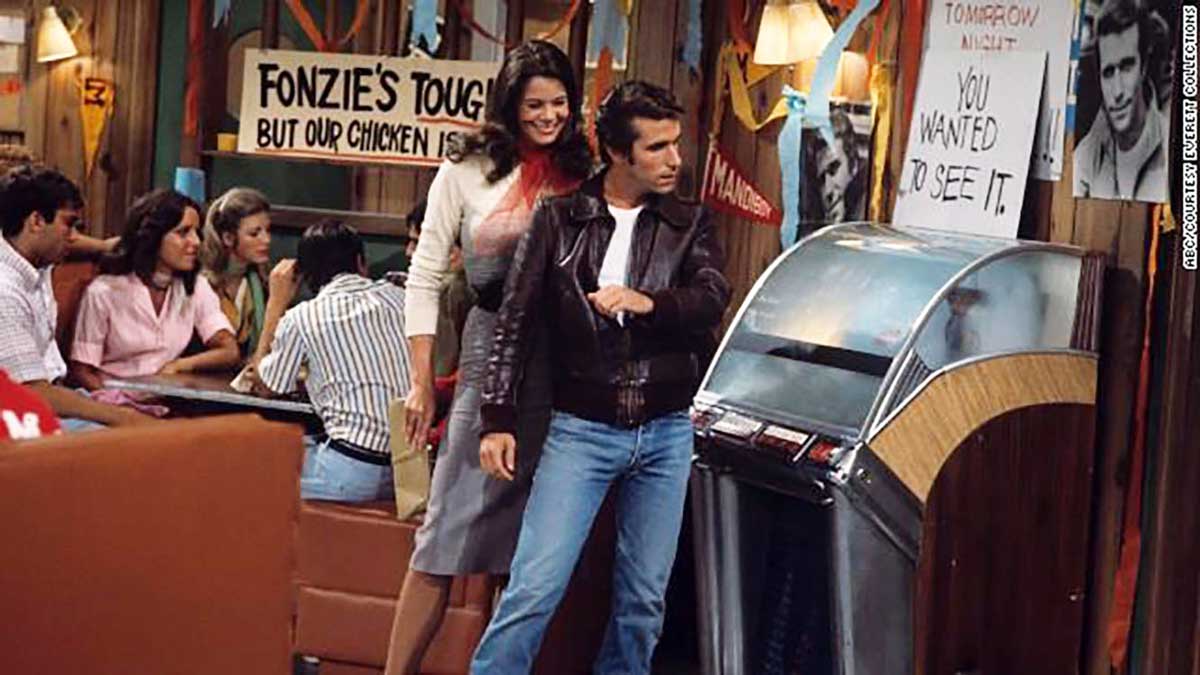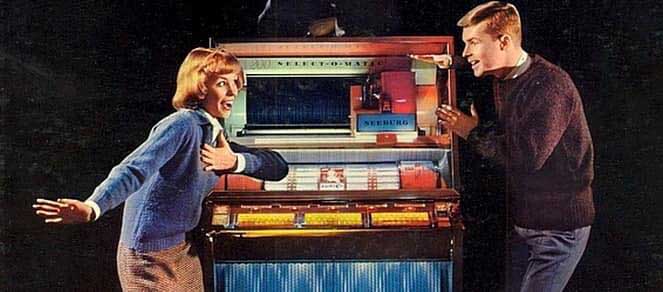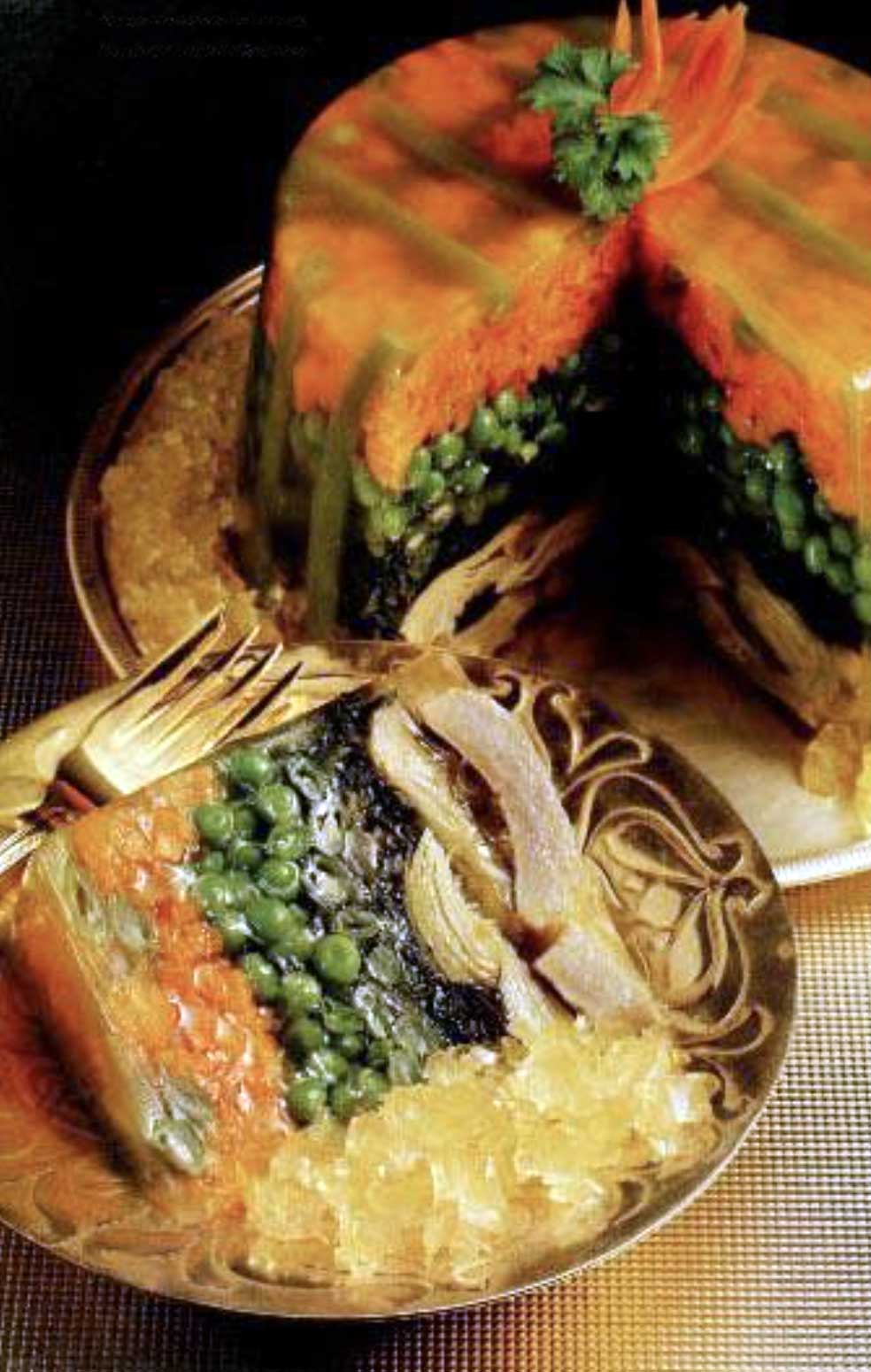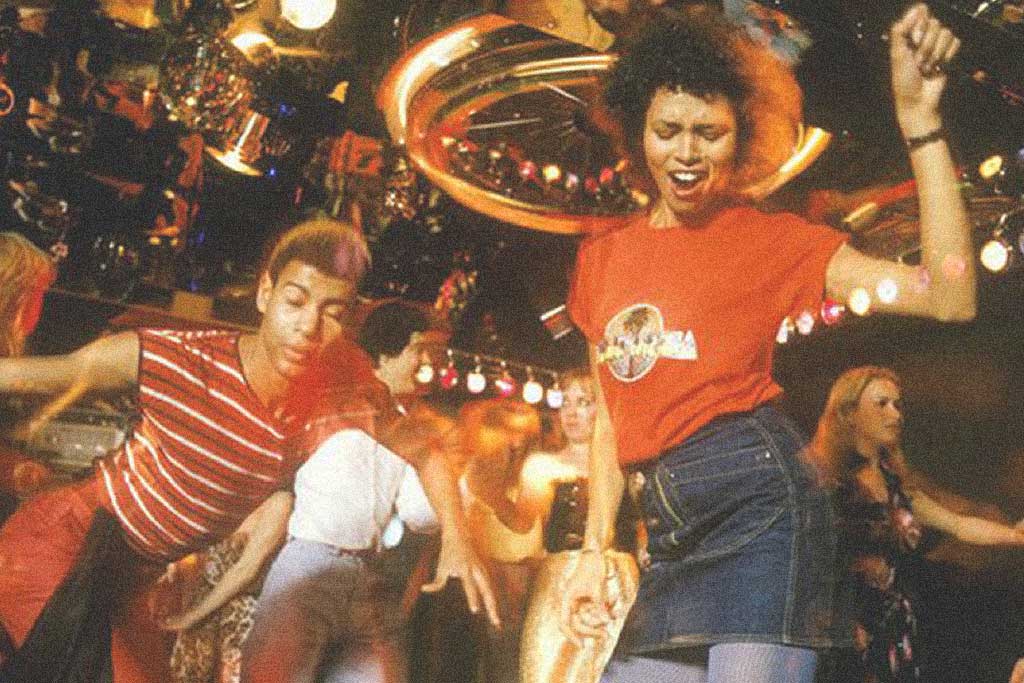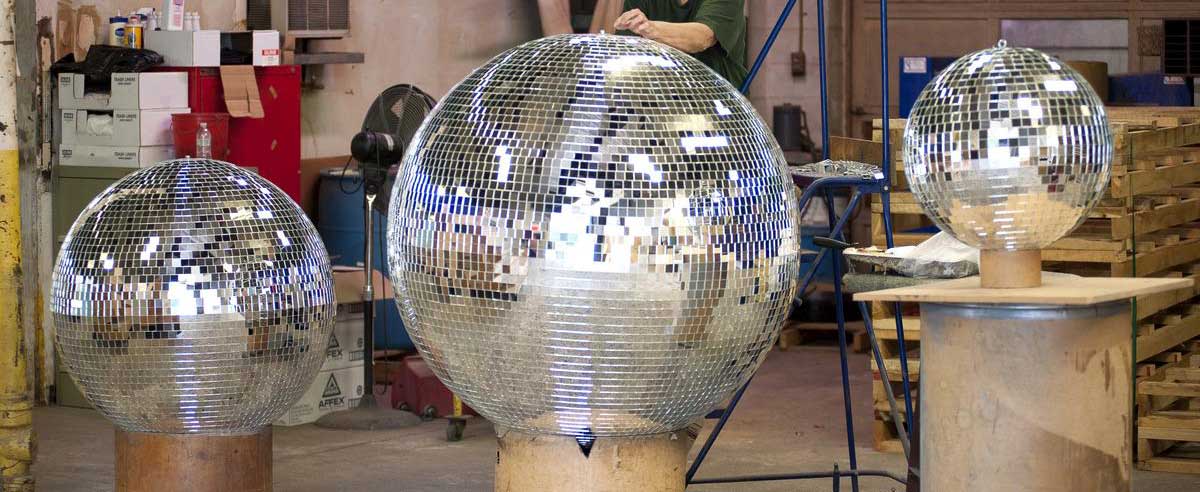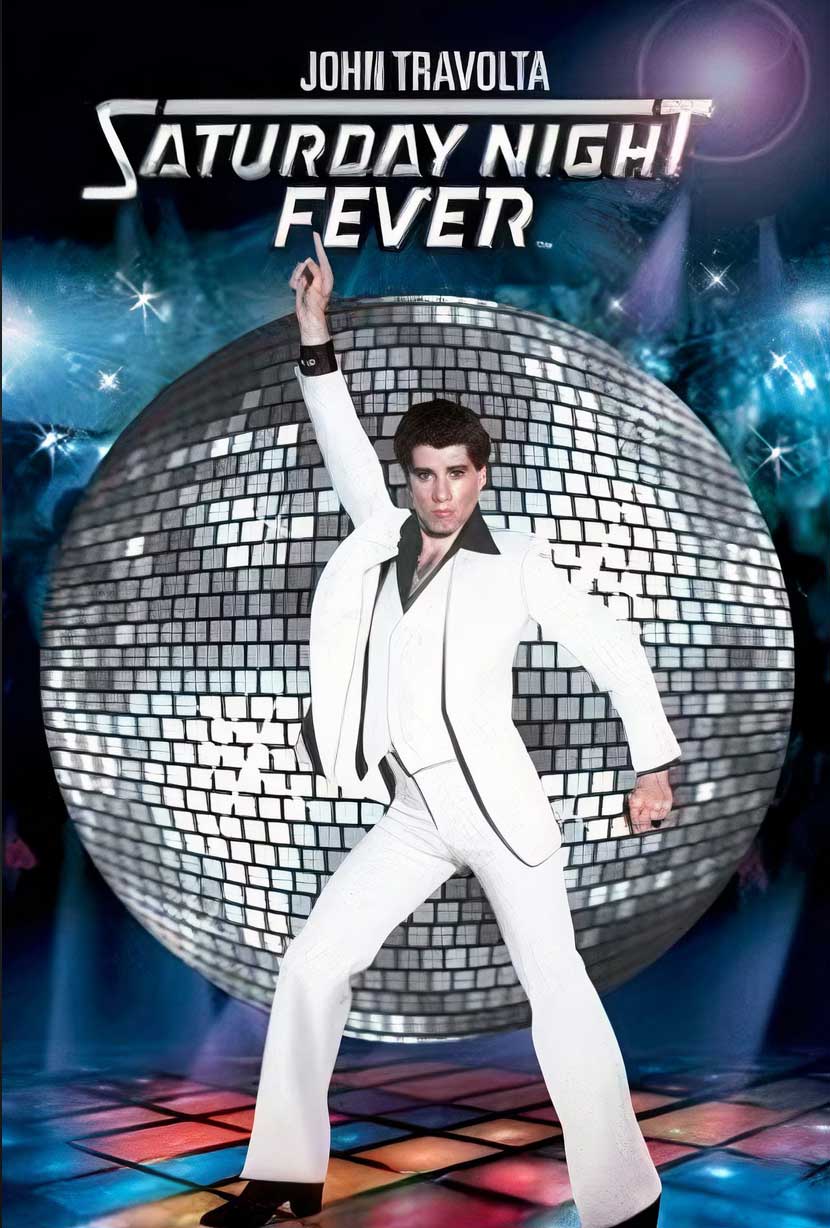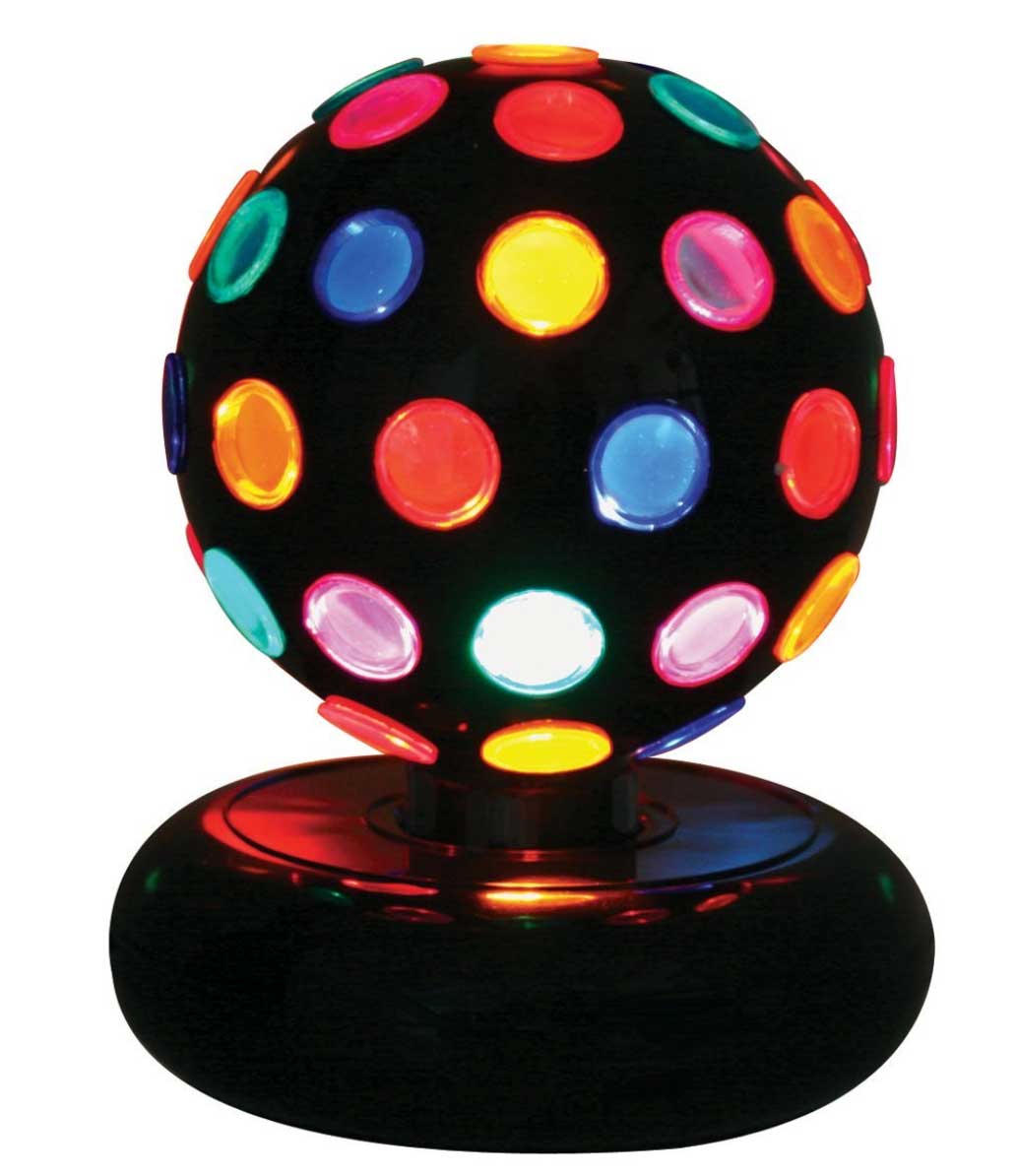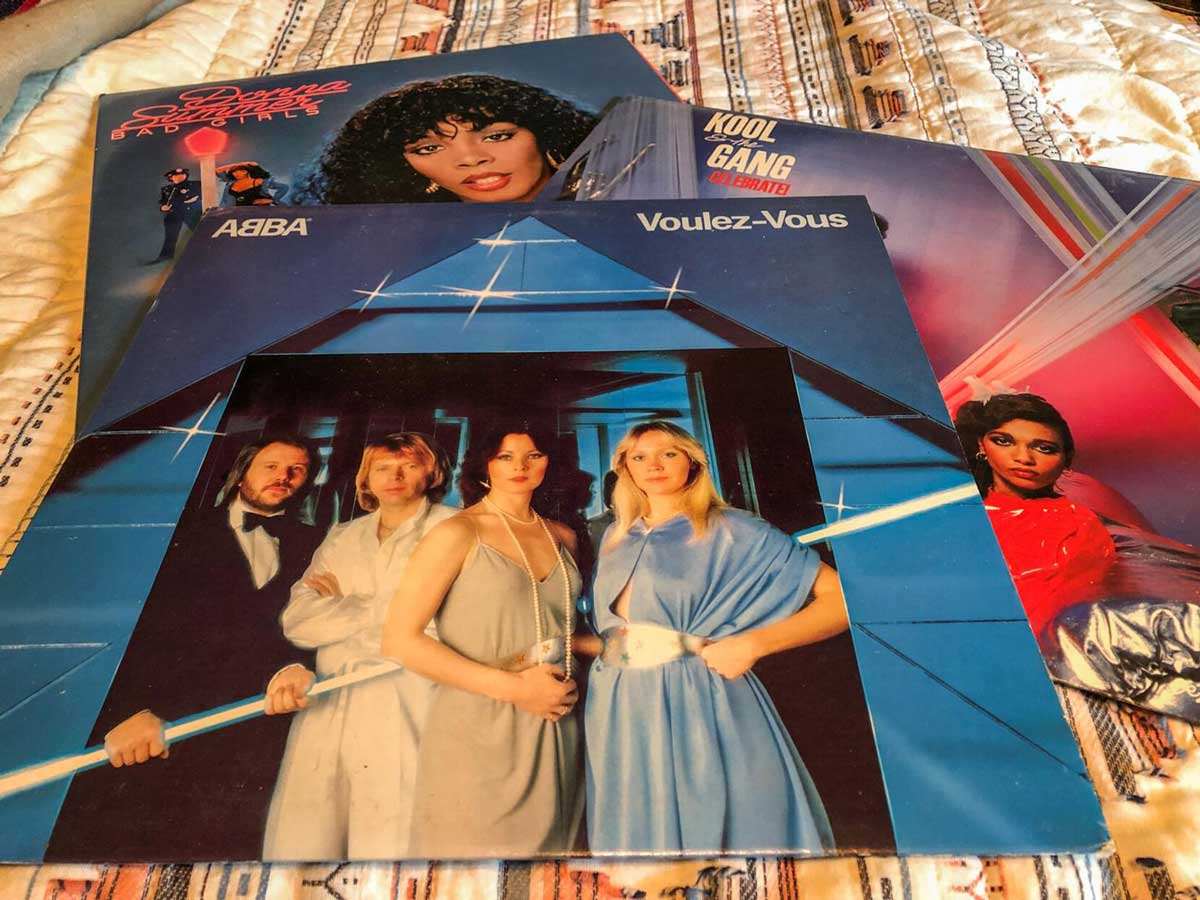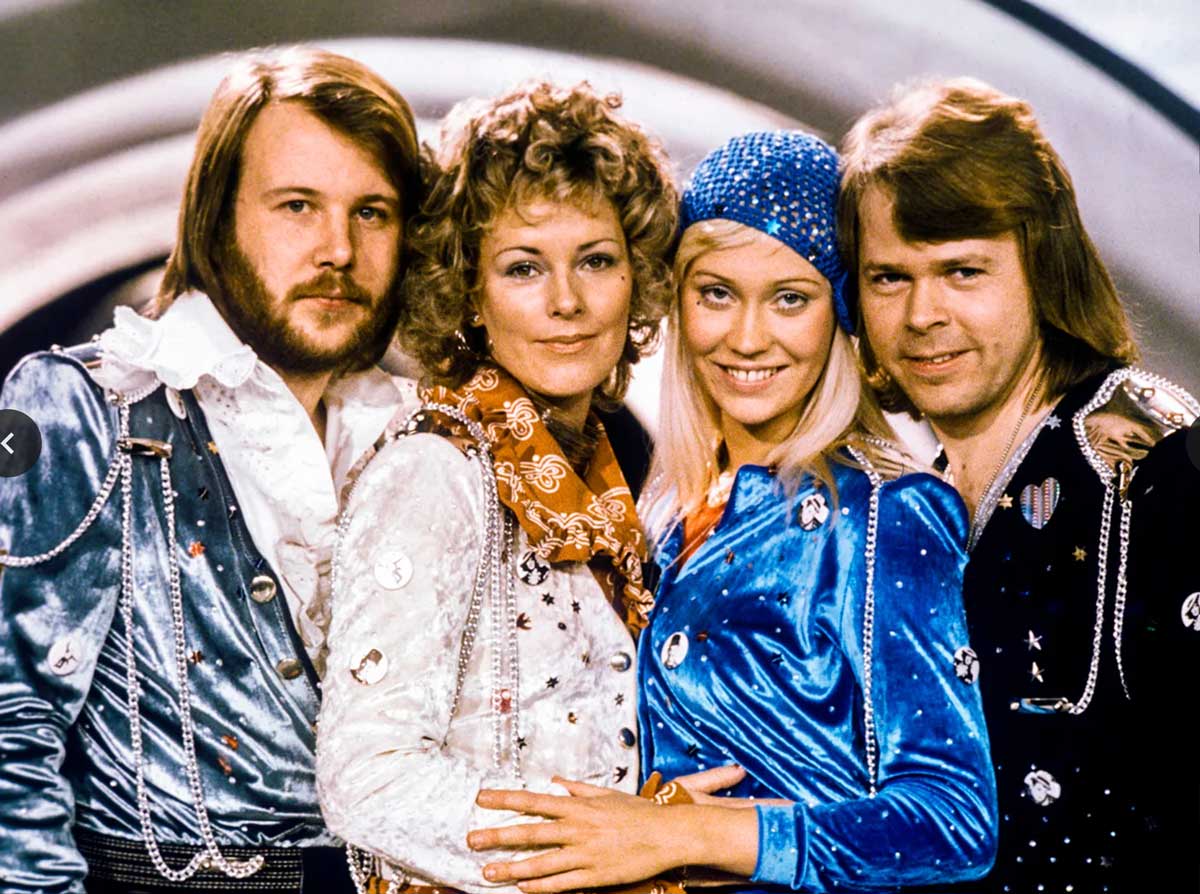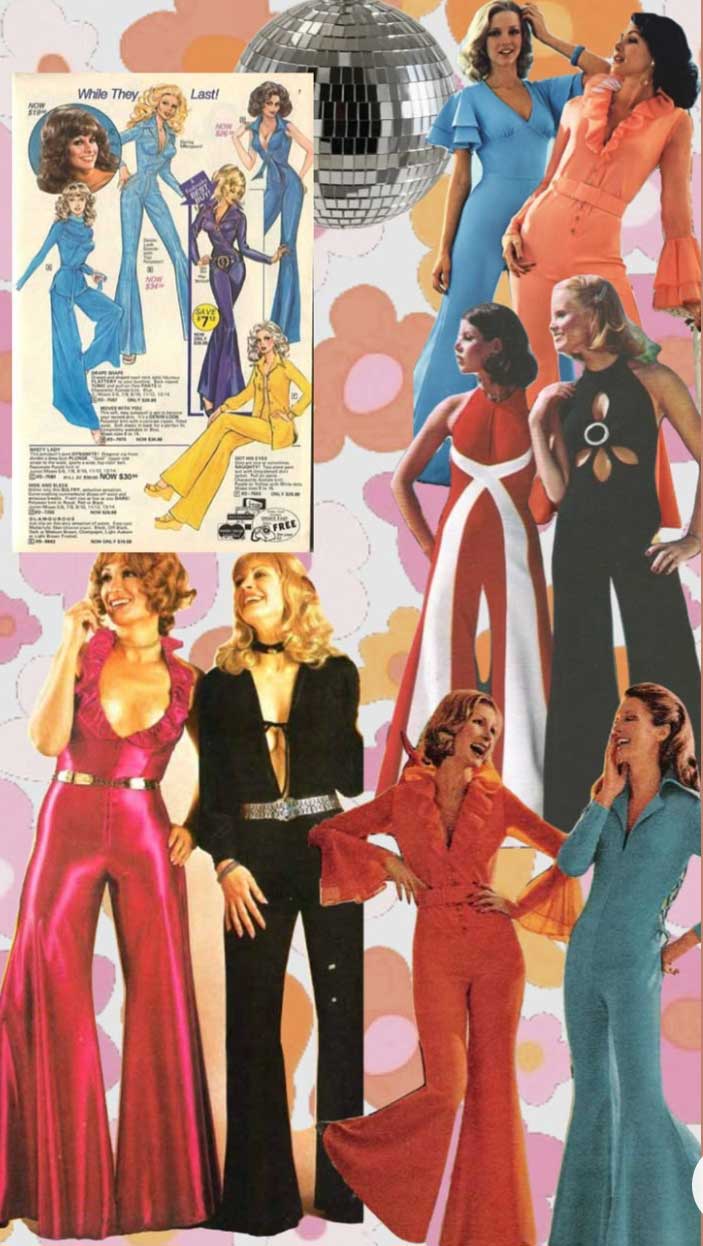
Swingin’ into Summer Stop and watch the world go by on a porch swing
If you’re looking to buy a porch swing on a budget, this retro model is available online for $195. (Image courtesy of The Porch Swing Co.)
July 2025
Cover Story
Swingin’ into Summer
Stop and watch the world go by on a porch swing
by Corbin Crable
They’ve gone through significant construction and design changes, but there’s one thing that is unchanging when it comes to porch swings – their status as a place to relax on a nice, sunny day.
The front porch itself isn’t a concept that’s as old as you might think, but the swing, when placed in a garden or other outdoor setting – has been around since the ancient world. In ancient Greece and Rome, the design of the porch swing was quite simple, being made of wood and ropes. Since they were symbols of leisure and a simple, worry-free time, the wealthy were among the first to feature it prominently in their gardens (though all Greeks and Romans would come to enjoy them eventually), according to an article by Ashley Hanson on backyardboss.com.
The wealthy class were among the first to enjoy the porch swing as the centuries passed. During the Renaissance period, the design of the swing became more elaborate and made with higher-quality wood. The swing became a symbol of opulence, remaining at the center of many a large garden.

Spruce up a Porch Swing
Architectural salvage can be repurposed to spruce up a porch swing, be it old or new. (Image courtesy of Pinterest)
In Colonial America, “the garden swing gained popularity as a garden design feature of the upper class during America’s colonial era.
Although these swings were usually hand-made, they featured a very straightforward design that gave a comfortable way to enjoy the outdoors. Swings were more about relaxation at this point than anything else,” Hanson writes. “Over the ages, garden swings underwent substantial design and construction changes that reflect broader socioeconomic trends as well as advances in materials and technology.”
Along came the porch itself during the second half of the 19th century, in the middle of the Victorian era.
“Porches were originally built for good, practical reasons but quickly became important social gathering spots. Porches were where social norms evolved as the use of porches evolved,” according to an article published by Quentin Robinson of the Tippecanoe County (IN) Historical Association. “Porches became the extravagant and important architectural feature that they were in 1900 as a result of American industrialization during the 19th century plus the suburbanization of our cities.”

Good porch swing
What would any good porch swing be without a furry friend to keep you company? (Image courtesy of Haven and Harmony)
Indeed, during the late 19th century, the porch itself reached its zenith as a social gathering space. Now, the porch was designed in both covered and uncovered versions; the porch swing would later hang from the porch’s ceiling. The porch became so popular that in 1873, U.S. President Rutherford B. Hayes wrote in his journal, “The best part of his house is the veranda. But I would enlarge it. I want a veranda with a house attached.”
Throughout the first half of the 20th century, porch swings continued to be made by wood, but wrought iron and plastic became increasingly used.
“The porch swing also saw a surge in popularity in the middle of the 20th century while becoming a mainstay in American households,” Hanson writes. “They attached to the porch ceiling and gave people a cozy spot to perch and watch the world go by.”
Still, as midcentury became the late 20th century, Robinson writes that the popularity of the porch swing saw a decline due, he says, to multiple factors.
“The automobile allowed people to get out of the house for entertainment and relaxation. The telephone allowed neighbors and friends to chat without meeting personally. Housing styles popularized in the construction boom following World War II eliminated the front porch as the back yard became the focus of family activity,” he writes. “The final nail in the coffin for the popularity of the porch were the inventions of air conditioning and television. Why sit on the hot porch and watch traffic drive past when you could sit in your air-conditioned living room and be entertained by a program playing on that magic box?”
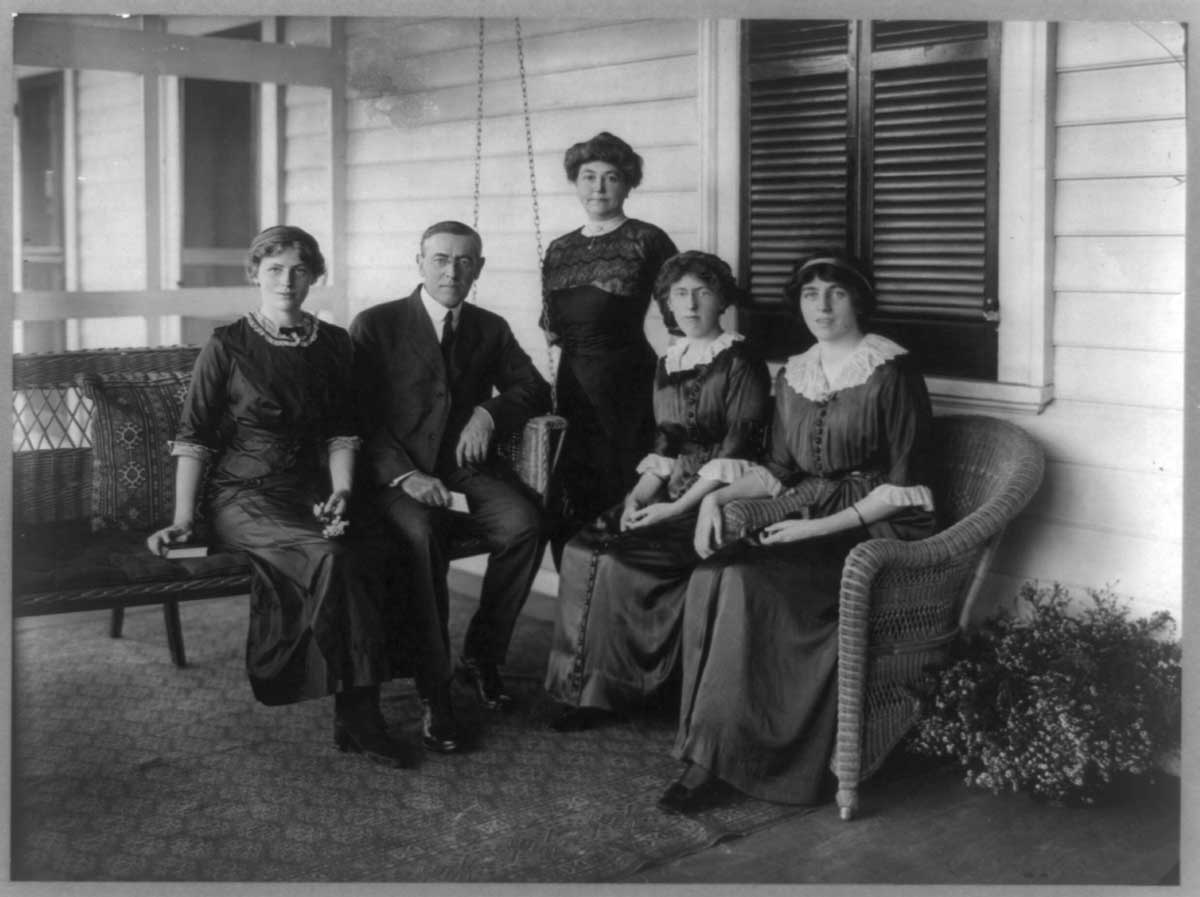
Woodrow Wilson is photographed with his daughters on their porch swing
Then-presidential candidate Woodrow Wilson is photographed with his daughters on
their porch swing in 1912. (Image courtesy of The Library of Congress)
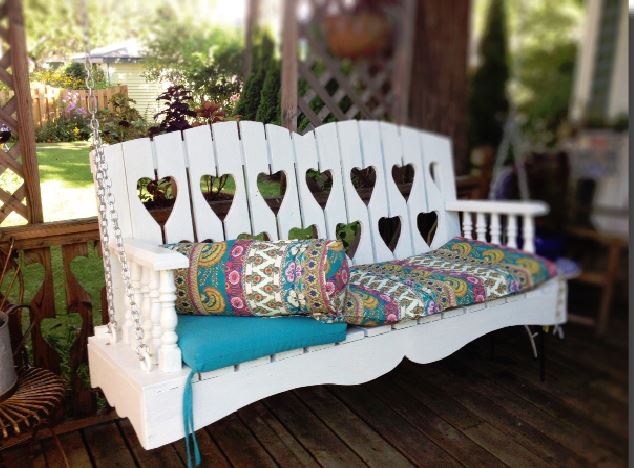
Victorian era
You might think this porch swing is from the Victorian era, but it’s simply inspired by the period.
(Image courtesy of Abodeacious)
In those decades since these technological innovations hit the market, however, porch swings have continued to be built, with a new focus on a more modern design. The same comfortable feeling, however, remains.
“The garden swing has had more development in the last few decades, and there has been a new emphasis on design and comfort. Weather-resistant materials, cushioned seats, and streamlined designs allowed them to mix perfectly with modern outdoor design trends,” according to Hanson. “The evolution of the porch swing is a reflection of societal shifts in general, with a growing focus on outdoor living and the value of designing warm, inviting areas in our gardens.”
McCool said the porch swing had “a profound impact on how neighborhoods lived.”
And interest in porch swings and front porches remains, he added, with an actual conference established just for them. The Conference on the Front Porch takes place annually in the south, which makes sense, its organizers say, since the front porch is the epicenter of neighborhood activity in that part of the country.

Beautiful mango wood porch swing
This beautiful mango wood porch swing sells online for $1,500. (Image courtesy of
Antique Farmhouse

Chilly evening comfort
Comfort isn’t just for indoors. Wrap yourself in a warm blanket on a slightly chilly evening and let your porch swing do the rest. (Image courtesy of Backyard Boss)
The front porch, according to the conference’s website, represents “a slower pace, a time when neighbors visited in their front yards, the music, food, and stories of a bygone era. So many important things in the south happen on, or around, a front porch. The front porch has come to be recognized as one of the key elements in sustaining actual community in an increasingly online existence.” You can learn more about the event at www.conferenceonthefrontporch.com. The conference is organized and sponsored by Plein Air.
On social media, too, front porch swing fans can connect with one another and discuss their swings, or even buy and sell parts. The group “Front Porches, Swings, and Things” boasts more than 1,000 members on Facebook, for instance.
The group’s description summarizes the appeal of porches and porch swings well and succinctly.
“Homes with a porch are always viewed as the best on the block,” it reads, “and swings bring us a soothing motion and remembrances of our childhood.”
Author Mary Taylor remembers learning life’s lessons with her late mother, gently swinging back and forth on her own porch swing as a child. Her 2015 book “Porch Swing Memories” collects those lessons learned on such quiet days of reflection.
“My best memories come from my childhood sitting on an old wooden swing on our back porch with my mom. It’s where my mom taught me what to expect as I walk through life,” Taylor writes. “Those memories of laying my head in her lap as she stroked my hair and taught me about life have stayed with me and will forever.”

Vintage porch swing
Stretch out and stay a while in this comfy, colorful vintage porch swing.
(Image courtesy of Facebook)


